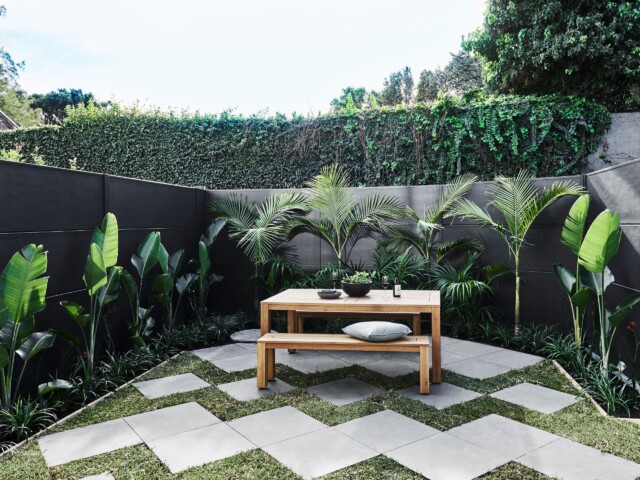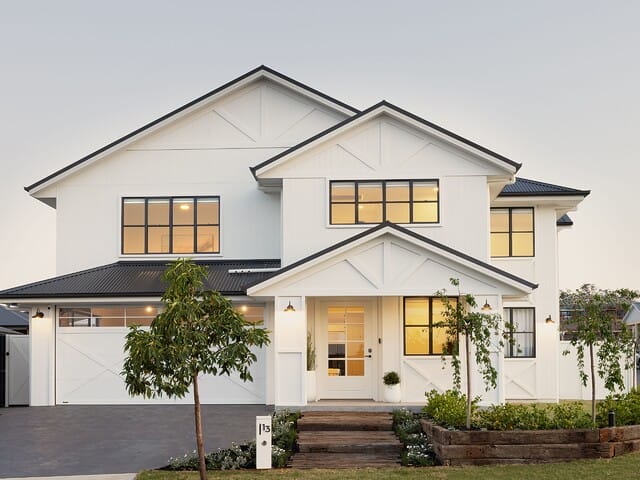Renovating for profit can be a tricky venture. However, with a few rules, you can easily find ways to boost property value and make a tidy sum! Whether you’re selling the family home or flipping an investment property, here are some handy guidelines to keep in mind:
1. Don’t budge on the budget
The most important factor when it comes to making a profit is not overspending. This is true of any renovation project, but even more so when you’re renovating for profit.
Splashing out halfway through the project is simply going to eat into whatever margin you were hoping to make. So, do all the necessary research, work out your budget to the cent (including the 15% ‘buffer zone’) and take it very, very seriously.
2. Avoid overcapitalising
This is another big one. Find out the median property prices for the neighbourhood and base your renovations – and profit margin – around a realistic selling price.
Also keep this in mind when choosing products, fixtures and finishes. In theory, choosing sandstone retaining walls and polished marble pool coping should mean a high value property. But if all the houses around you are rocking lower end finishes, you’re simply pricing yourself out of the market.
Choose quality products that are impressive, yet cost-effective and low maintenance; nowadays, there are many premium choices that won’t break the budget.
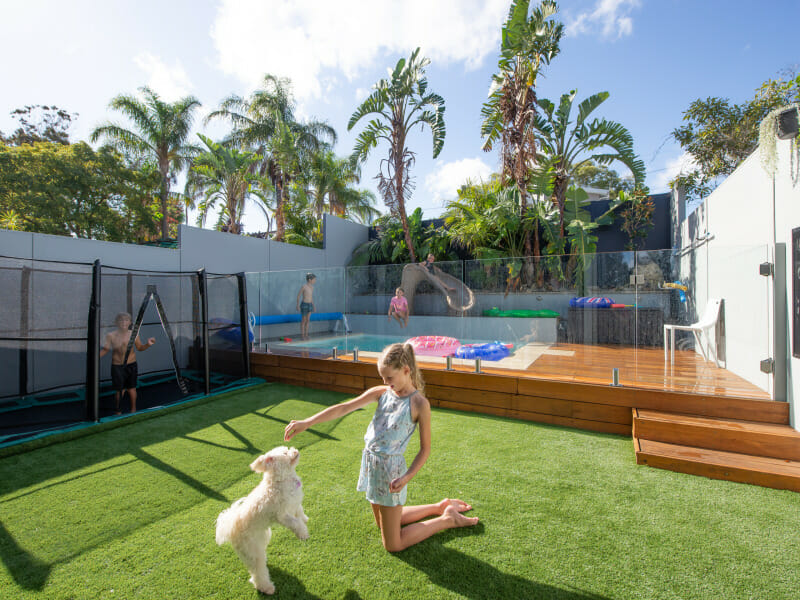

3. Tailor to your target market
Who is your prospective buyer? Understanding who you’re selling to will help you prioritise when your funds should go.
For instance:
- A single person would value security and low-maintenance homes.
- A young family might look for secure play spaces and a pool.
- A middle-aged couple might appreciate sophisticated outdoor entertaining spaces.
- An elderly couple would need accessibility and comfort.
4. Your taste doesn’t matter
This is a common mistake made by many first-time renovators and a big one. When you’re renovating for profit, look at trends that are sought after in that area and follow those styles, rather than designing how you’d want your home to be.
Don’t go too stylised or trendy, either. Provide a canvas, rather than a finished painting. This will help them visualise how it might look if they live there and promotes excitement. Most buyers will want to complete the space with their own personal style – you are simply giving them a clean, impressive framework.
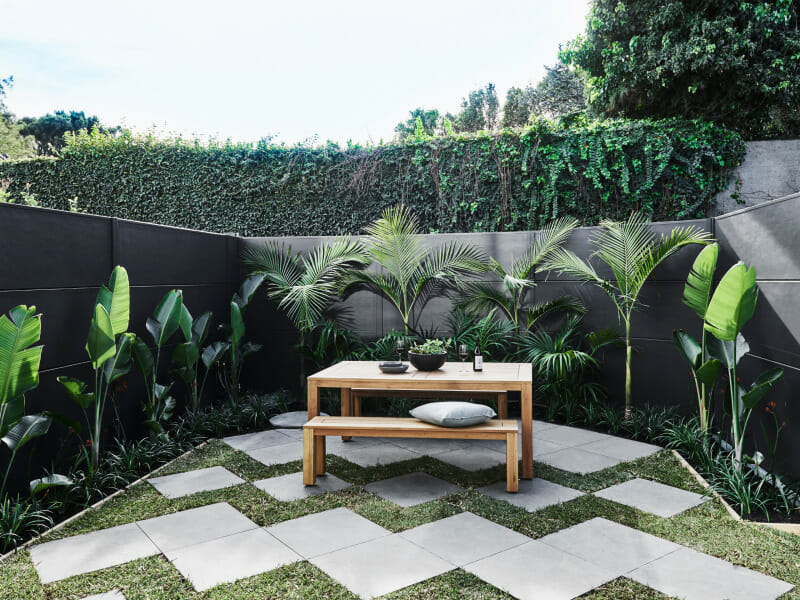

5. Cosmetic vs structural
Structural renovations – like when The Design Duo demolish entire exterior walls and create wine cellars – offer gob-smacking transformations. However, they are far more costly and risky, especially if you’re new to renovating.
Cosmetic renovations, on the other hand, are far more manageable for first-timers or DIYers. Just as the term suggests, you’re making aesthetic updates that lift the appearance, whilst keeping the bones of the home intact.
6. Paint a pretty picture
Furthermore, this incredibly simple cosmetic fix can make all the difference.
When choosing paint colours, consider which palettes harmonise with the home’s architectural values and the surrounding landscapes. Continuing the interior’s palette out into the backyard can instantly make the space feel bigger and create a connected indoor-outdoor flow.
For large expanses, avoid anything too stylised or ‘trending’; they age quickly and could marginalise people due to personal taste. If you’re after a focal point or statement colour, limit the creativity to a feature wall.
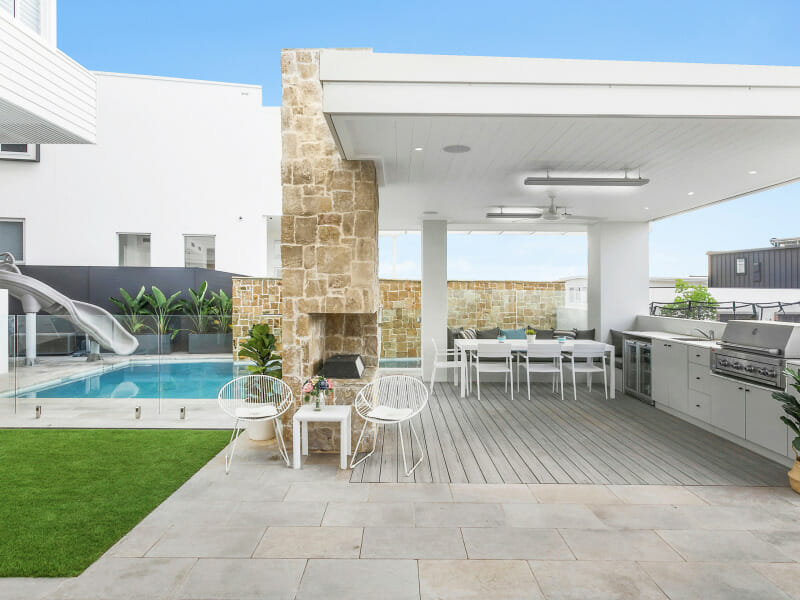

7. Update the outdated
It isn’t always about what you add, but what you take away. Unless it’s offering a unique charm, remove or update anything that’s old or outdated.
Before you plant that striking new architectural garden, update the shabby timber fence behind it. Rip out that old hills hoist. Get rid of the dated plastic awning from your patio. Tackle the depreciative effect of the outdated, and then you can focus on adding extras to boost value.
8. Create a sensory oasis
We are highly sensory beings. Lights, sounds, smells, texture, temperature; we experience our surroundings through all our senses. When a prospective buyer is walking through the property, they will be influenced by every single one.
Put yourself in the space and make a list of everything you can hear, see, smell, feel; what inspires you about it and what rubs you the wrong way. You might need to do this at different times of the day and night to get the whole picture; for example, at 11am, you might not notice the traffic noise at 5pm.
Things to take note of include:
- Are these surrounding landscapes you might want to borrow?
- Are there unpleasant sights you need to screen off?
- Do you need to block any noise?
- Did you want to introduce any sounds?
- What is the lighting like?
- Is there enough shelter from the elements?
- Is there adequate privacy?
9. Kitchens & bathrooms always add value
This is true of the interior; why not the exterior? If you’ve got the budget and space, transform an unused patch of land into a functional outdoor room!
Turn a small bedroom courtyard into an outdoor bathing oasis, or installing an outdoor kitchen area on the patio, can certainly add value to your property. However, as per Rule #2, just make sure you don’t over-capitalise with these projects; in fact, this may be a feature best left for properties in more affluent neighbourhoods.


10. Street appeal
When renovating your outdoor areas, don’t forget the front yard!
This is the first (and lasting) impression that your property makes to prospective buyers; street appeal is a powerful tool when renovating for profit. If you don’t set the tone right away with the front entrance, you’re starting with a handicap and will need to work even harder to prove its property value.

